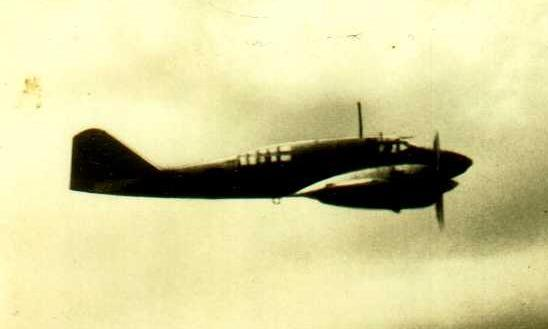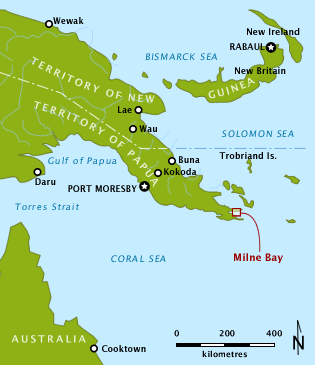
Since COVID-19 has kept the major archives closed or so limited in access they might as well be. This thread is an examination of an on-line source of primary sources here:
Ordnance, Explosives, and Related Items
bulletpicker.com
Ordnance, Explosives, and Related Items
bulletpicker.com
The bulletpicker.com collection went public in late May, 2016 and has a huge number of ordnance, small arms, and defusing related items.
The library section is the heart of the site and it covers WW2 UK, US, Australian, and technical intelligence by those powers on German, Italian and Japanese ordnance, engineering and small arms.
You can find the US Navy Bomb Disposal school section here: bulletpicker.com/us-navy-bomb-d…
It is very comprehensive in coverage of WW2 bomb disposal.
It is very comprehensive in coverage of WW2 bomb disposal.
The Technical Intelligence Summaries are a WW2 Australian military product covering 1943 - 1945 era weapons, bombs & mines.
bulletpicker.com/technical-inte…
bulletpicker.com/technical-inte…
The War Department documents section covers WW1 era heavy ordnance.
bulletpicker.com/ordnance-docum…
bulletpicker.com/ordnance-docum…
The site is an easy peezy lemon squeezy primary source reference.
Check it out.
Check it out.
@threadreaderapp unroll
• • •
Missing some Tweet in this thread? You can try to
force a refresh












